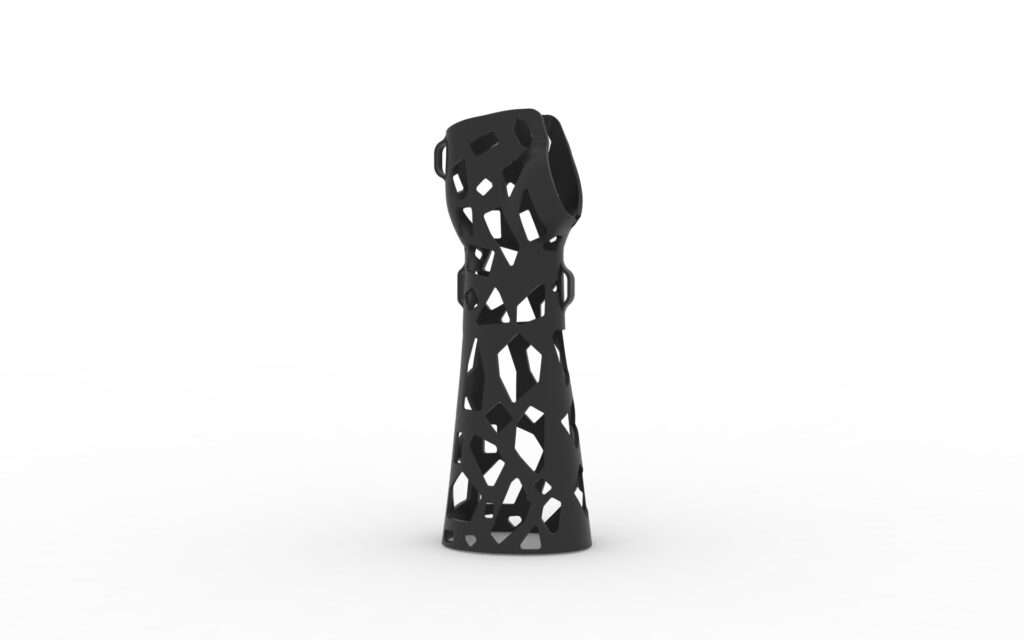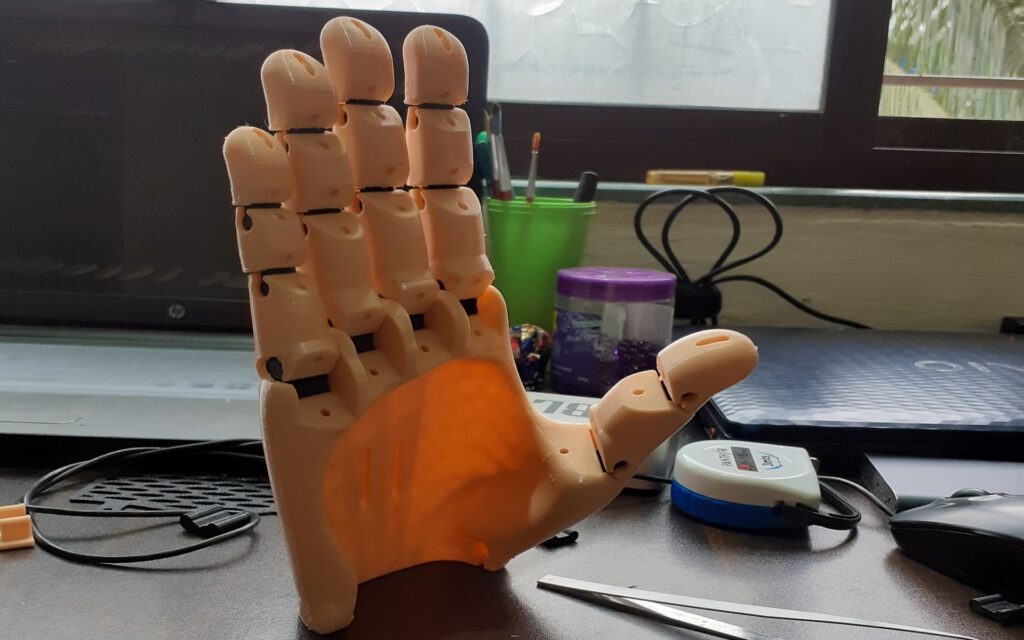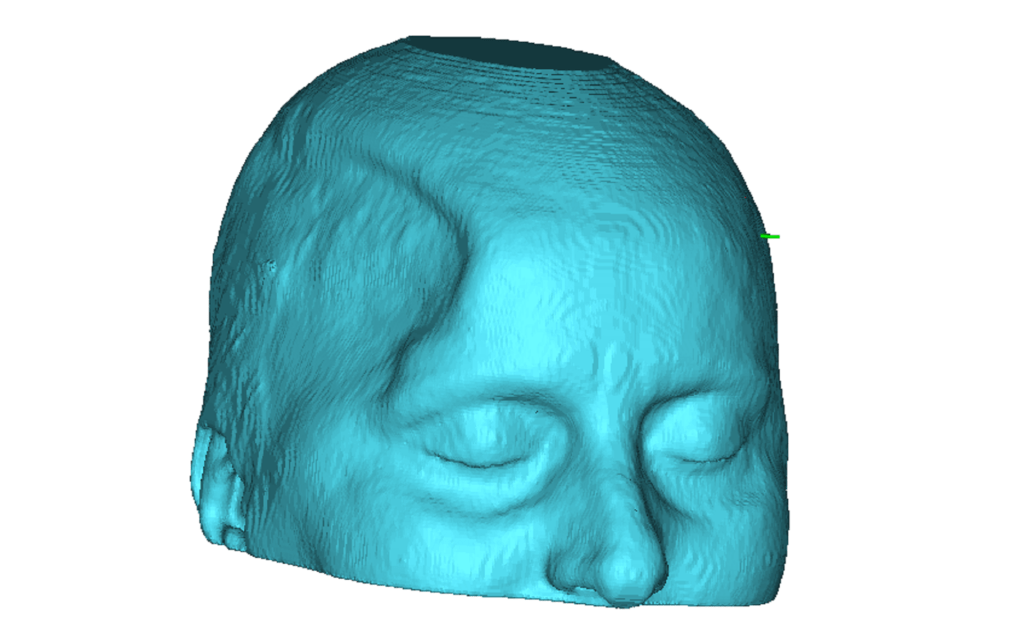What are the Parts of Dental Implant?
A dental implant is made up of four parts: the crown, the abutment, the abutment screw, and the implant fixture.
The Fixture
A fixture supports dental implants. The first part that has to be installed is this one. The titanium used to make it is hypoallergenic. The fixture is connected to the implant after being drilled into the jawbone. The appliance eventually fuses permanently to the jawbone over time. The implant functions as the tooth’s root after it is in place. The device’s integration with the jawbone might take many months. We call this process osseointegration.
Before the other parts of the dental implant are inserted, osseointegration takes place.
The Abutment
The abutment, which is located along the gum line, connects a dental implant to a replacement tooth. The abutment is bolted into the fixture before the new tooth is connected to it. The abutment is often not inserted until after the implant fixture has fused with the jawbone.
From the time the fixture is installed, the procedure of connecting an abutment to it normally takes 5 to 6 months. Once the abutment has been included, the new tooth may now be inserted.
Screw (Abutment Screw)
It is a small screw present inside the implant, by this the Abutment is screwed onto the fixture.
Abutment Screw (Source – Science Direct)
Crown
The final part of a dental implant is the crown. This prosthetic tooth fills in for a missing or removed natural tooth. In rare cases, a bridge or dentures may be utilized in place of a single crown. On the abutment, the crown is screwed or cemented into position. When dentures are fitted, they are typically snapped over the abutment. Once the crown is in place, it will behave and seem like a regular tooth.
Since the Mayan culture, dental implants have been utilized; there is also historical documentation for Greek and Egyptian dentistry. Our ancestors used carved stones, elephant tusks, pieces of seashells, wood, and other metals as dental materials.
Why is titanium the first choice in Implants?
The reason for titanium’s enormous success as an implant material is its outstanding biocompatibility as well as its favorable mechanical qualities. When exposed to air, the formation of the oxide layer improves the osseointegration of titanium implants.
The problem in the Abutment
Many times, what happens is the dental abutment gets broken due to mechanical and biological regions because the fragment that remains inside the implant can cause the implant to malfunction. It is extremely difficult to remove the fractured screw from the implant. Because of the small area between the engraving area of the dental implant and the broken abutment screw, it can be tough to recover the screw, since there are numerous risks of damaging the implant’s internal threads.
What are the problems faced by Doctors ?
Lack of visibility: – A fractured abutment screw can be difficult to recover because there is only a small area between the engraving surface of the dental implant and the broken screw. The location of the fractured screw can only be identified by radiography.
Risk of damaging internal threads: – While drilling with a rotary device, there is a significant risk of damaging the internal threads of the implant.
Position of drilled hole: – A drilled hole should be placed at the center of a fractured screw in order to prevent damage to the screw.




